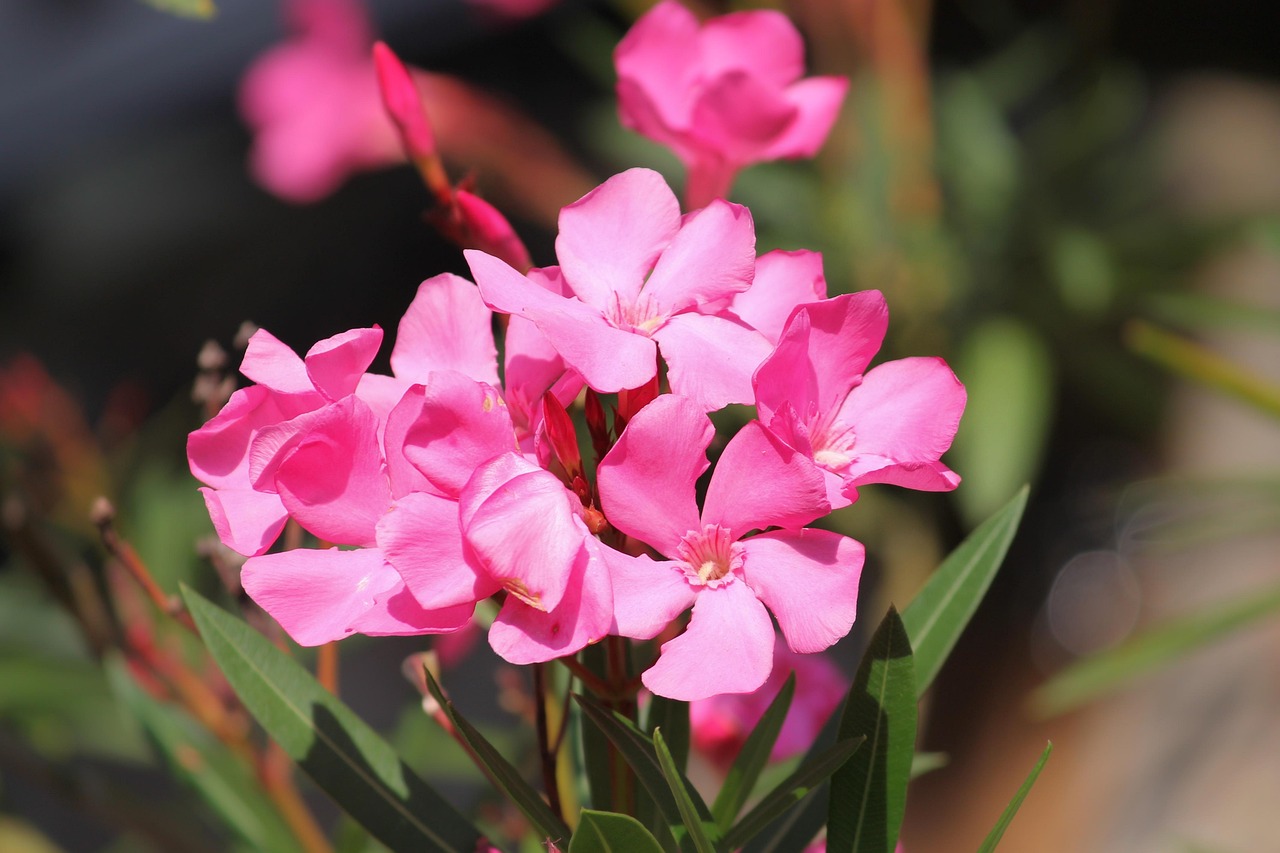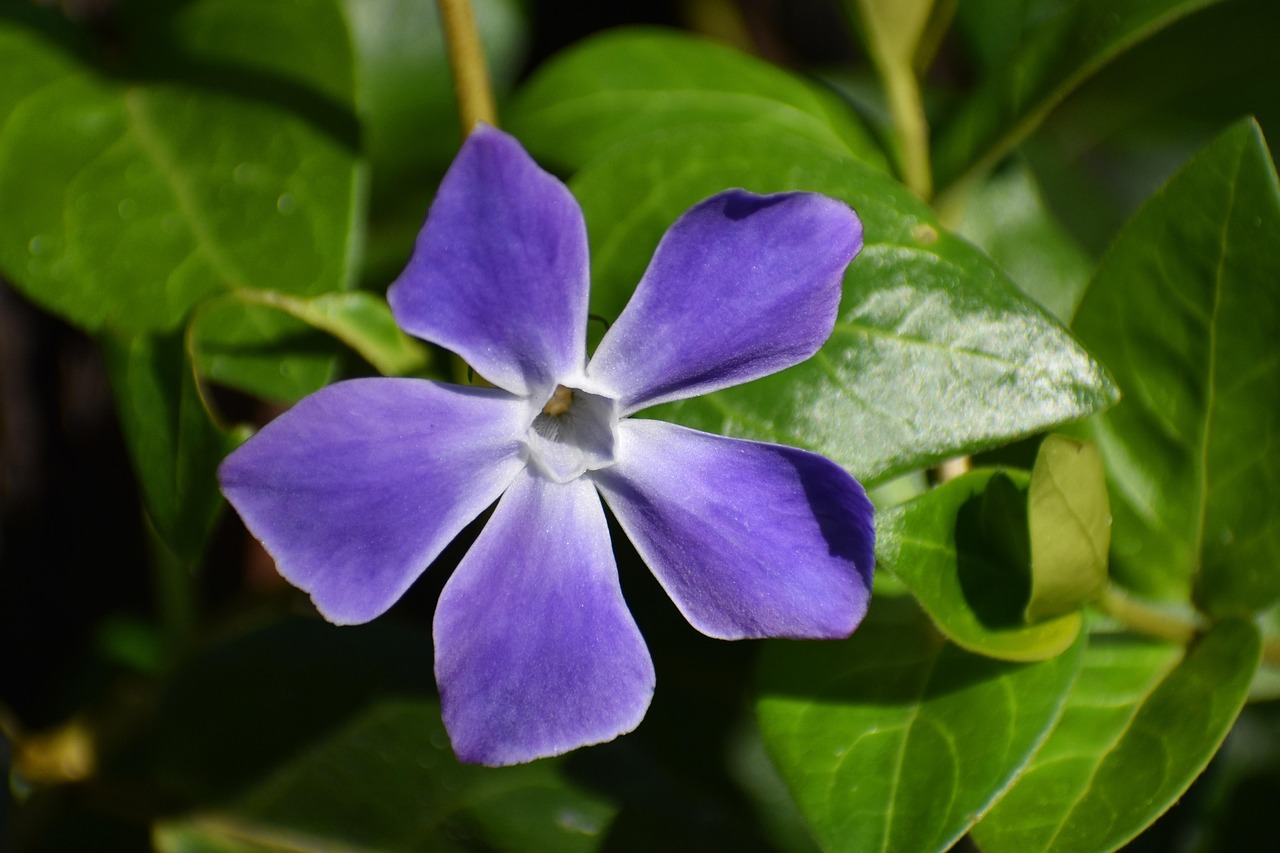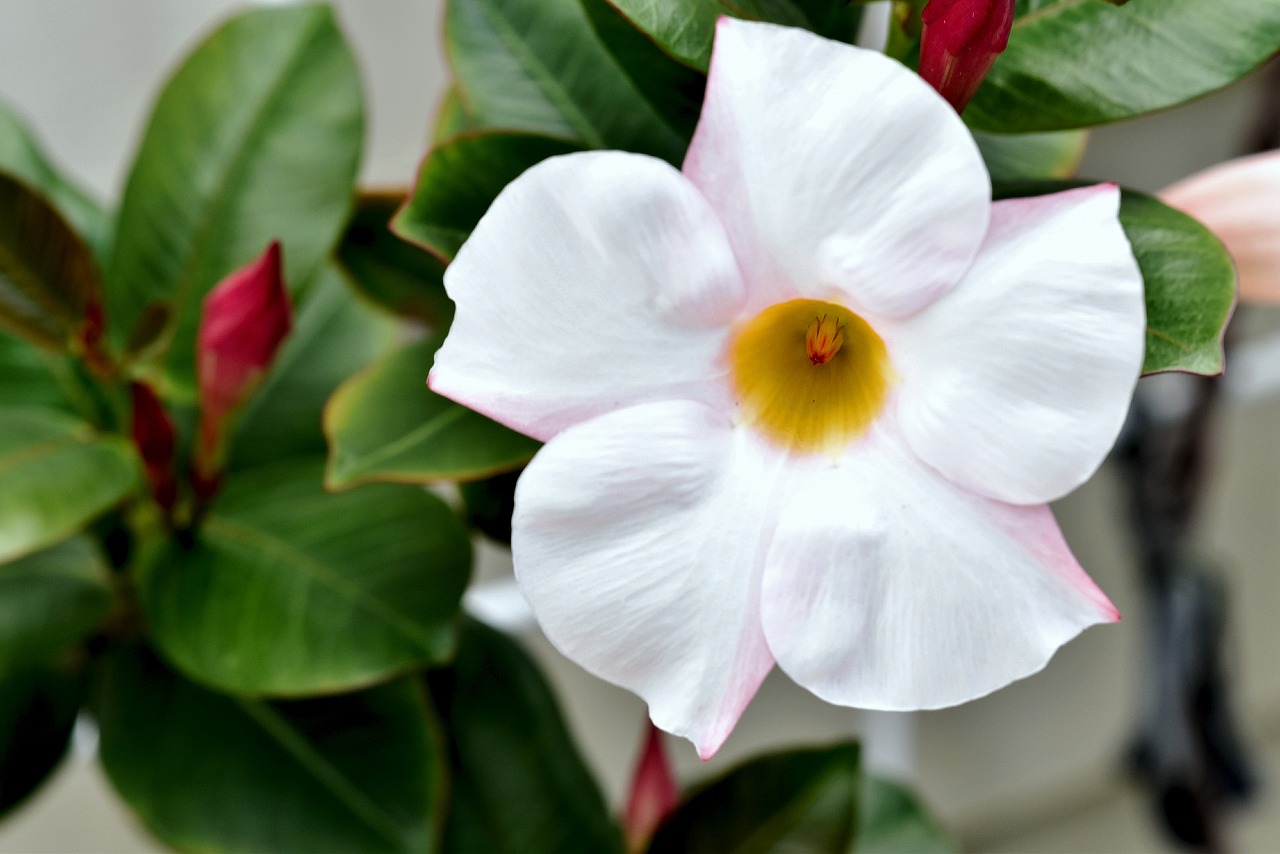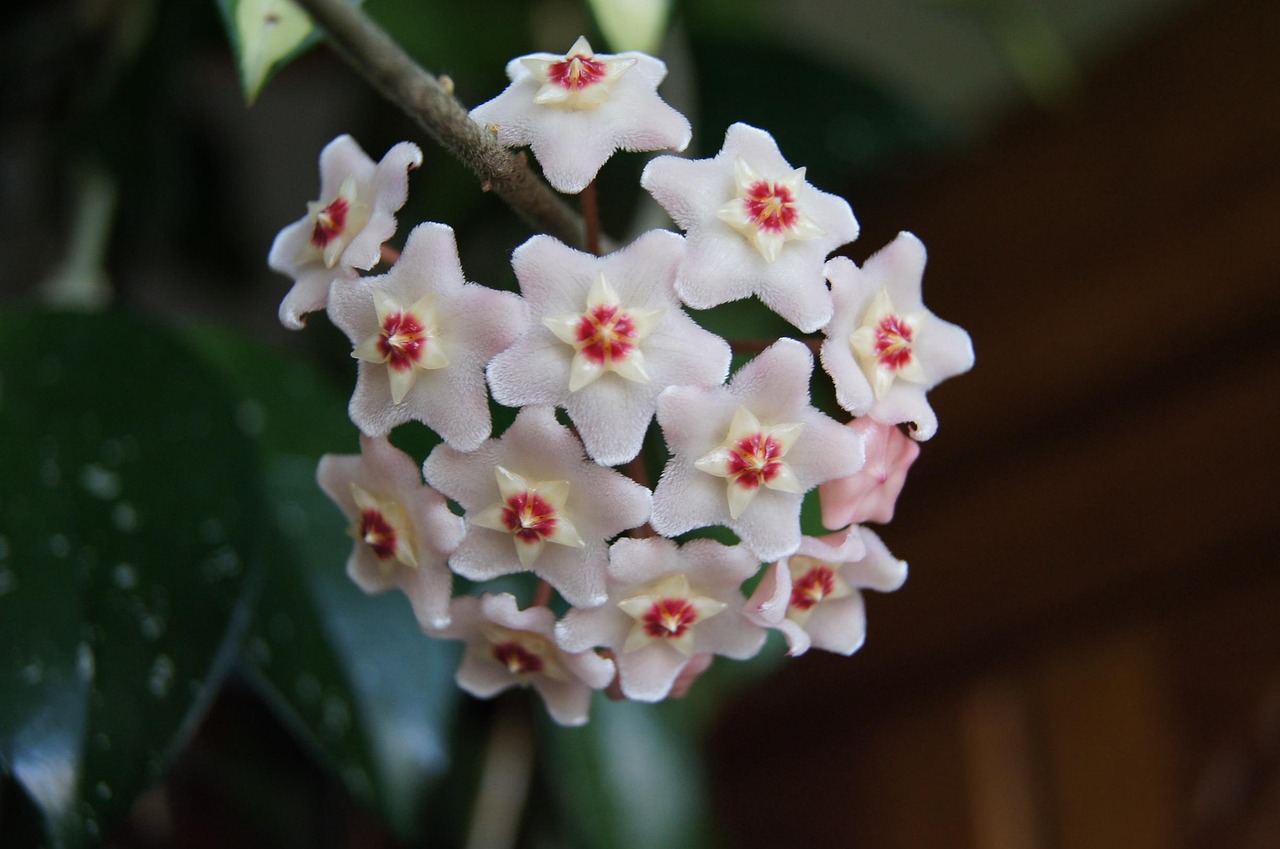Asclepias | A Messenger of the Wild, Where Butterflies Dance and Myth Lives On
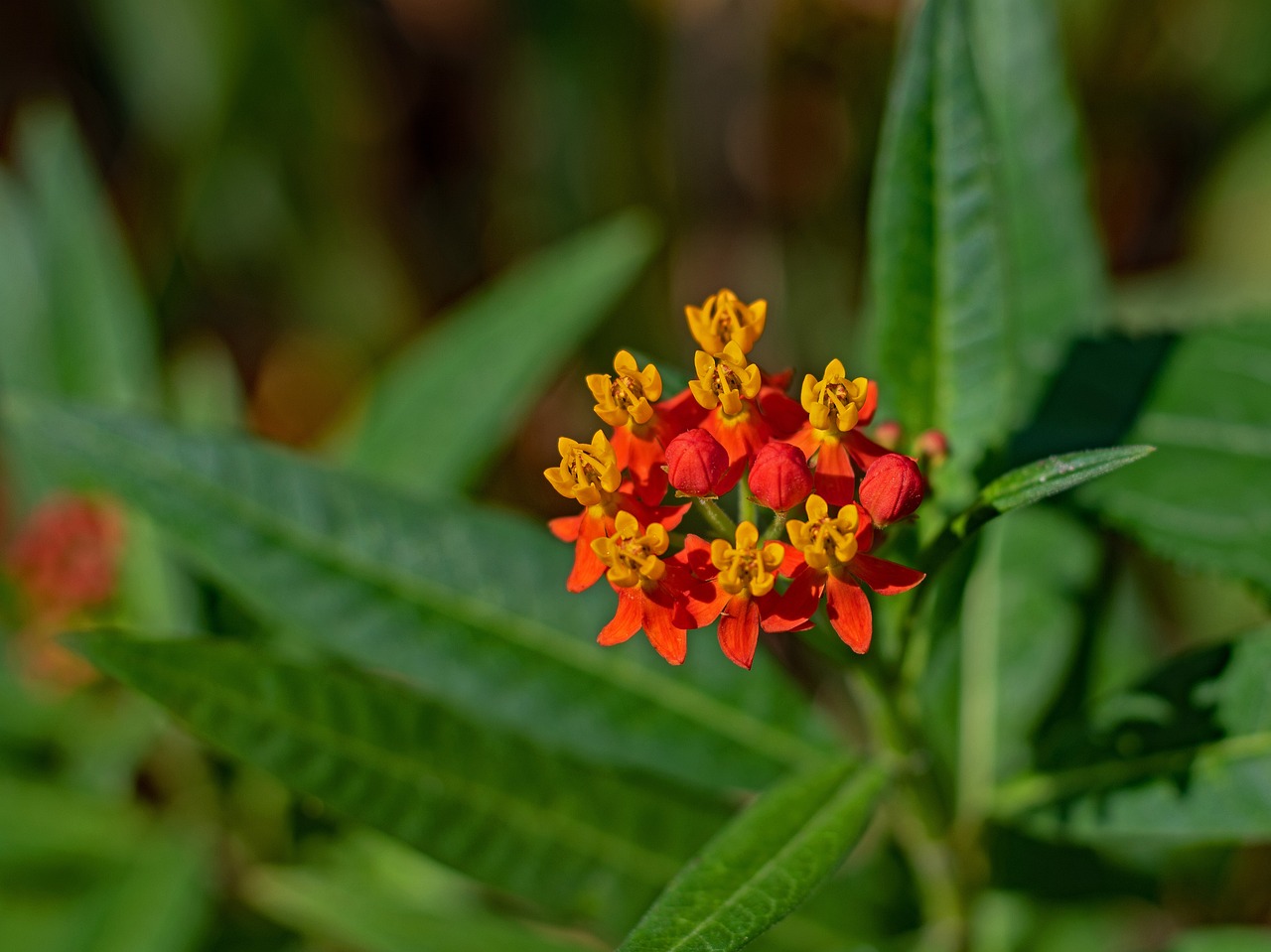
Asclepias, also known as milkweed, is a plant admired by gardening enthusiasts for its unique flower shape and vivid colors. Its name has origins in Greek mythology and carries a rich cultural and historical background.
In this article, I will introduce the basic information about Asclepias, its cultural significance, historical episodes, and tips for successful cultivation.
Basic Information
- Scientific name: Asclepias
- Family: Apocynaceae
- Origin: North and South America
- Appearance: Small flowers gather in spherical clusters, forming star-shaped blossoms of striking beauty. The colors range from red, orange, pink, to yellow, brightening up gardens. The plant grows to about 60–100 cm, making it an excellent accent in landscaping.
- Blooming season: Summer to early autumn (June–October), with a long flowering period.
Cultural Significance Around the World
In the United States, Asclepias is commonly known as “butterfly weed.” True to its name, it is renowned for attracting butterflies.
In particular, the Monarch butterfly larvae feed on Asclepias, making it a vital plant for butterfly ecosystems. For this reason, planting Asclepias in gardens is often recommended in North America as part of eco-friendly initiatives to help protect butterflies.
Its vivid colors and unique shapes have also made it a popular ornamental plant in European gardens.
In Japan, although not widely known, Asclepias has recently gained attention as a garden plant that attracts butterflies.
Historical Episodes
The name Asclepias comes from Asclepius, the Greek god of medicine.
Asclepius was believed to possess the power to heal all diseases, and the plant bearing his name was regarded as special by ancient people.
Among Native American cultures, Asclepias was considered an important plant, often incorporated into rituals and daily life.
In Europe, Asclepias was introduced in the 18th century as an ornamental plant, quickly becoming a favorite in aristocratic gardens. Its distinctive flower shape fascinated horticulturists of the time, leading to active breeding and cultivation.
Gardening Advice
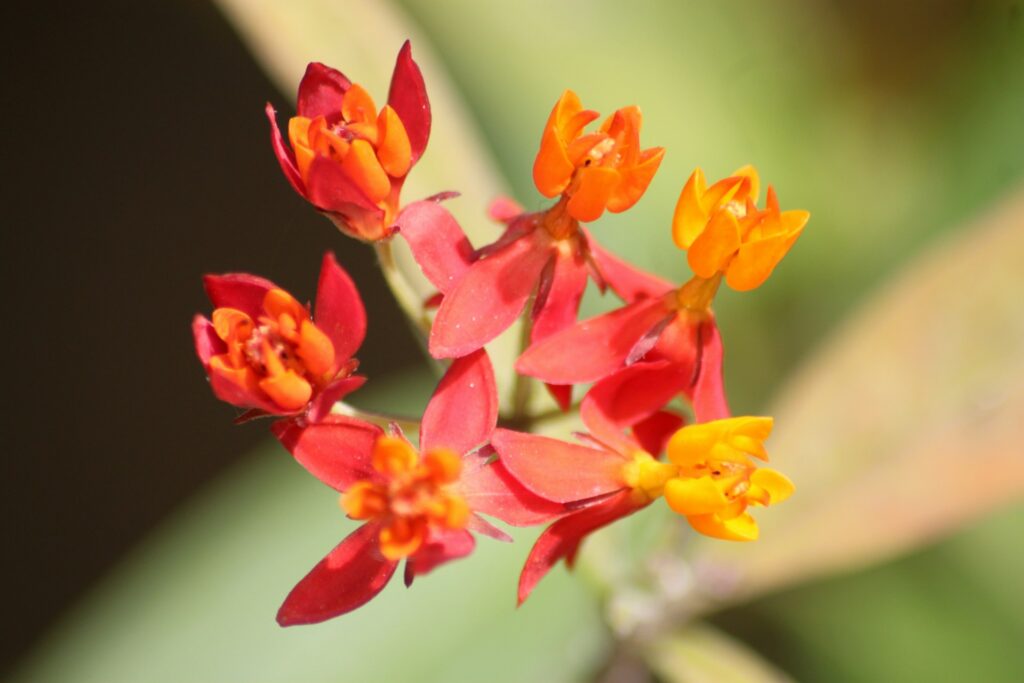
Asclepias is relatively easy to grow, but keeping the following points in mind will help produce more beautiful blooms:
It thrives in sunny locations and develops its vibrant colors best when exposed to ample sunlight.
With its tolerance to drought, it requires well-drained soil. Slightly sandy soil is preferable over highly fertile soil. Avoid excessive fertilization, as it can reduce the number of flowers.
Planting seedlings in early spring allows you to enjoy flowers from summer through autumn.
While pruning is rarely necessary, removing withered parts after flowering will encourage new blooms.
Asclepias is somewhat sensitive to cold, so in harsh winter regions, it is recommended to grow it in pots and move it indoors or to protect it from frost.
Conclusion
Asclepias, with its vivid colors and butterfly-attracting charm, is loved by gardeners worldwide.
Its cultural and historical significance adds to its appeal, making it a plant that brings harmony between nature and garden spaces.
Since it is relatively easy to cultivate, I encourage you to grow Asclepias in your garden or balcony and enjoy its beauty.

